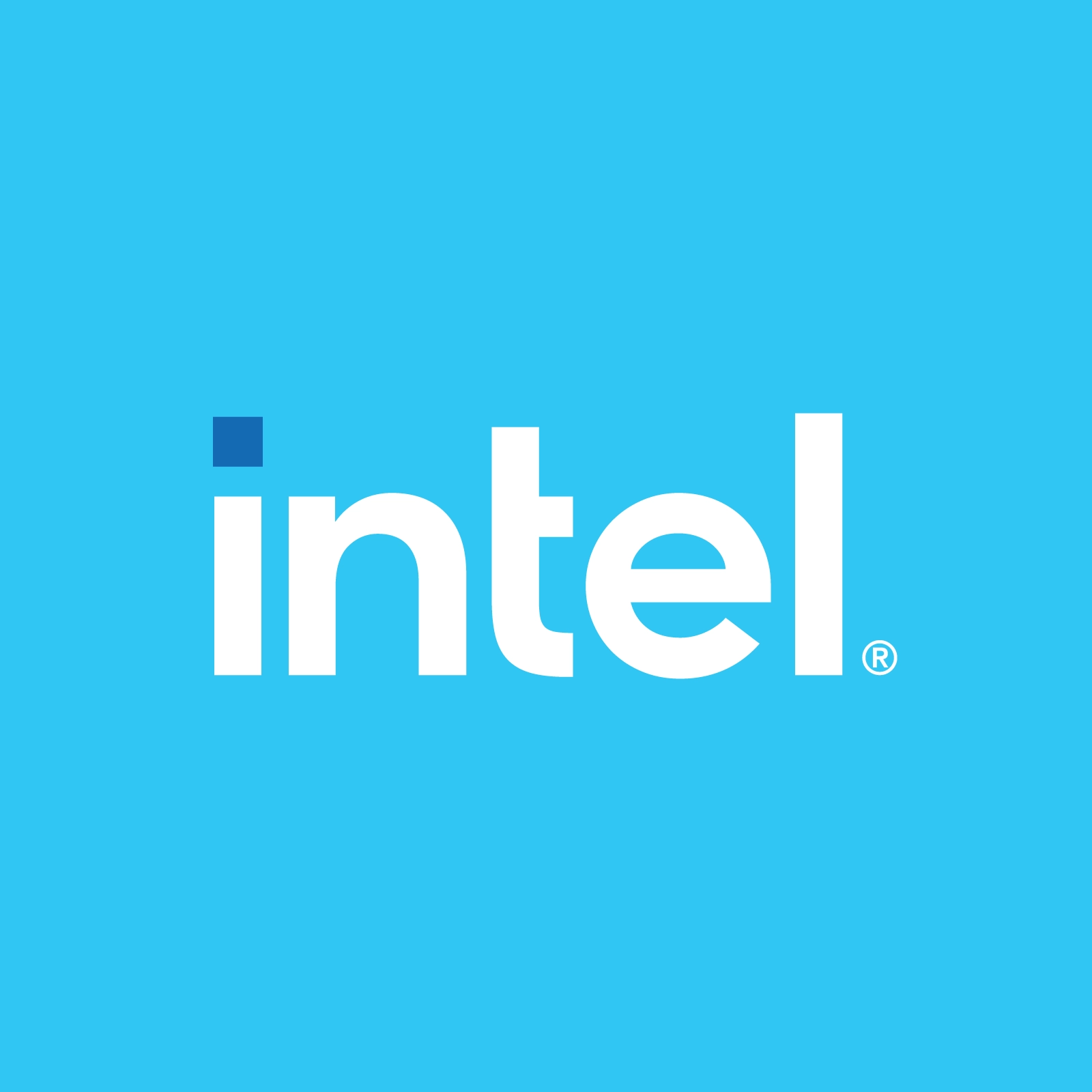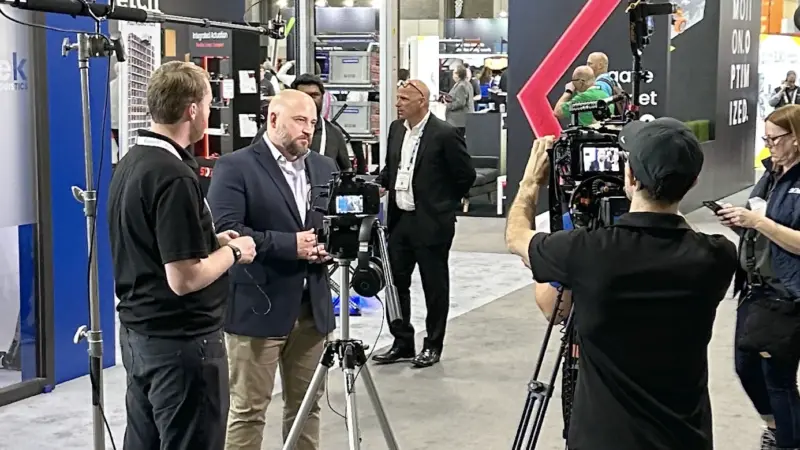The Marriage of AI and Edge Computing is Changing How and Where Work Gets Done
Key Points:
- The rise of edge computing is the result of data becoming more valuable and available.
- Increased compute power and the massive amounts of data being collected mean AI can offer solutions across a broad range of industries and applications.
- Ongoing data collection is the key to realizing AI’s potential.
Commentary:
The intersection of Artificial Intelligence (AI) and edge computing is resulting in a fundamental change in how we perceive, access, learn from, and employ data across a wide range of industries. The need for edge computing, or using a distributed computing architecture to shift data processing and storage closer to where the data is created to provide faster access to insights, is critical for low latency, privacy, and cost-effective movement of data.
Advances in AI have been fueled by compute becoming more sophisticated, powerful, and able to deliver very complex computations in a short amount of time. “The fuel that feeds AI is data,” says Wouhaybi. “We have a lot of data we’ve collected across domains. But we can’t scale unless we can collect more data. It’s become a snowball effect in which the more value you get out of AI, the more motivated you are to collect data. And the more data you collect the more value you get.”
Wouhaybi discussed the four ways AI learning is being used to solve challenges in a variety of industries:
- Continuous Learning: A single AI looks for ways to improve without input from other AIs.
- Distributed Learning: Groups of AI are deployed together, in the cell of a manufacturing facility for example, where they learn from and share what they learn with one another.
- Transfer Learning: AI watches, monitors, and mimics what human beings are doing, then seeks to improve on the process.
- Federated Learning: Massive amounts of data from multiple data sets is pooled, and AI is employed to study, learn from, and deliver outcomes without compromising privacy.
Despite what she describes as “remarkable advances in technology and innovation” that have occurred in both edge computing and AI, Wouhaybi feels that AI at the Edge is still in its infancy. “The more people play with AI, the better AI will be,” she says, “and the better we will be both as professionals and as human beings. I can’t wait to see what else AI at the edge will accomplish going forward.”
To learn more about Rita Wouhaybi:
- Connect with her on LinkedIn
- Visit http://www.intel.com/oneAPI
Subscribe to this channel on Apple Podcasts, Spotify and Google Podcasts to hear more from the Intel Internet of Things Group.



